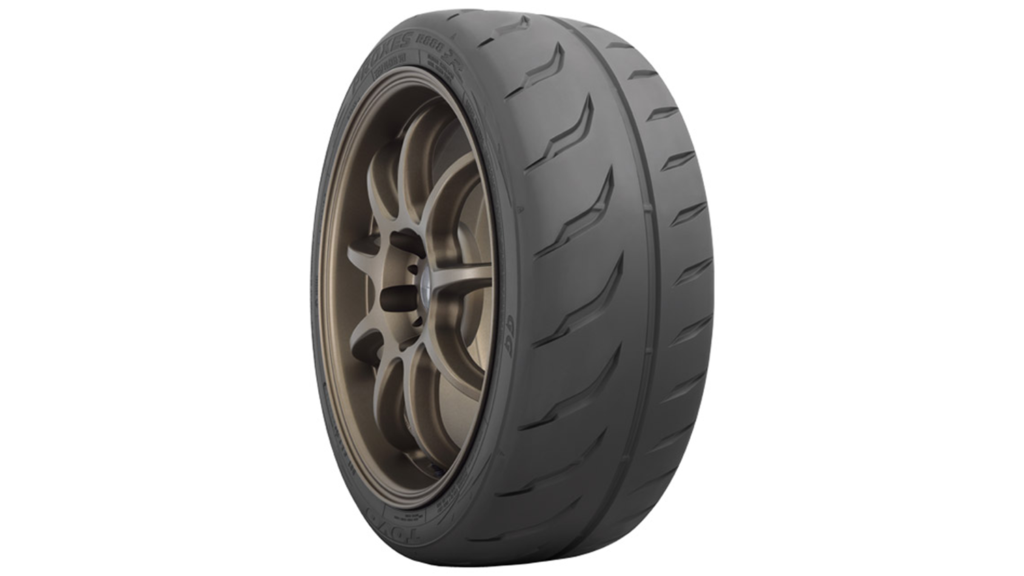After last month’s column about the use of generative design at Volkswagen, it was with some interest that I saw a press release from Toyo Tires land on my desk this month.
The release in question heralds ‘An Evolution in Tire Design Base Technologies Through Fusion with AI.’
Artificial Intelligence is the new hot shit – whether that’s true AI, where machines make conscious decisions, to the much more common sub-branch of machine learning, where a machine learns from a given set of instructions and, typically, large datasets.
Either way, examples of real AI or machine learning are few and far between in design and engineering software. Most are just based on optimisation routines and design of experiments, so this made me sit up and pay attention. Toyo’s approach has been pretty traditional. It combines two simulation technologies run on supercomputers.
The first step is tyre simulation, which simulates tyre motion when in use and is used for performance prediction and structural analysis.
The second traditional element is driving simulation, which reproduces various car configurations, passenger numbers, loads, driving patterns and more, in order to assess the impact on tyres from car motion.
This dual approach has been referred to as T-Mode Intelligent Tire Development Platform and has been in use at Toyo since 2000.
Interestingly, the press release states how the company’s product market is changing and sets the scene for its future plans. “As the only automotive part in contact with the road, tires play a major role in satisfying the various performance requirements for cars.
“With competition for technological advances in next-generation mobility has begun to dominate the industry with the conversion to EVs and spread of autonomous driving, tires need to rapidly achieve clear performance and functionality shifts to support the evolution of mobility.
“High precision and high speed in design will be the keys to this in the future.”
To help conquer this brave new world, Toyo is looking to build a new T-Mode, one which combines its existing expertise with the benefits of artificial intelligence and it seems that a lot of this approach is intended to overcome the simple fact that more traditional simulation cycles means more people needed to run them.
In order to accelerate product development, further simulation capacity upgrades and connections to high-precision designs were required. The SPDM constructed in this instance has revolutionized the Toyo Tire development process.
It explains that the tyre development process, a variety of design factors and usage conditions are entered and ‘design, simulation, prototyping and evaluation’ cycles are repeated in order to optimise the performance and design required.
It then goes onto explain that: “Conventionally, data that designers acquire from simulations is handled as the individual designer’s data. However, the new T-Mode platform unifies management of various data types as shared assets, allowing for sharing between designers.
“Connecting this design data, simulation data, and test data improves the added value of the data and also allows for its development as data for a deep learning.”
It’s this latter portion that’s fundamental. Toyo is publicly acknowledging the simple fact that, in most organisations, a wealth of data is created, tested, simulated and reported on, but often, not reused and learned from en masse.
Why? Because it would traditionally mean more people, pawing over previously done work to find trends and new findings that come about from considering this type of data as a whole, rather than individual studies.
Essentially, we all have too much data and too few people to do anything useful with it.
While there’s no real detail of how it’s going about this work, it does leave us with a tantalising thought. “Traditionally, means of resolution involved first entering design specifications and running a simulation, then obtaining performance values from the results.
“If performance values did not satisfy requirements, the design specifications would be revised and the simulation repeated, extending the process term overall when repetitions grew frequent.”
It continues: “Obtaining design data for structures, shapes, and patterns required to obtain target performance through the ‘Inverse Problem Solution’ approach is, essentially, a means of entering required performance values and using the required design specifications derived via AI technologies.”
I use the term robots glibly, but there’s a nugget of truth here. If we’re going to change how transportation works, we’re going to need to work harder, smarter and more efficiently than ever before – and in the engineering world, that often means simulation and tons of it.
I’ve seen several talks where the speaker says that we don’t have enough resources to complete all of the simulations we need to do before the dawn of autonomy is upon us.
Perhaps Toyo’s approach is prescient – it sees the coming challenge and is retooling its development processes to make the most of it now.






